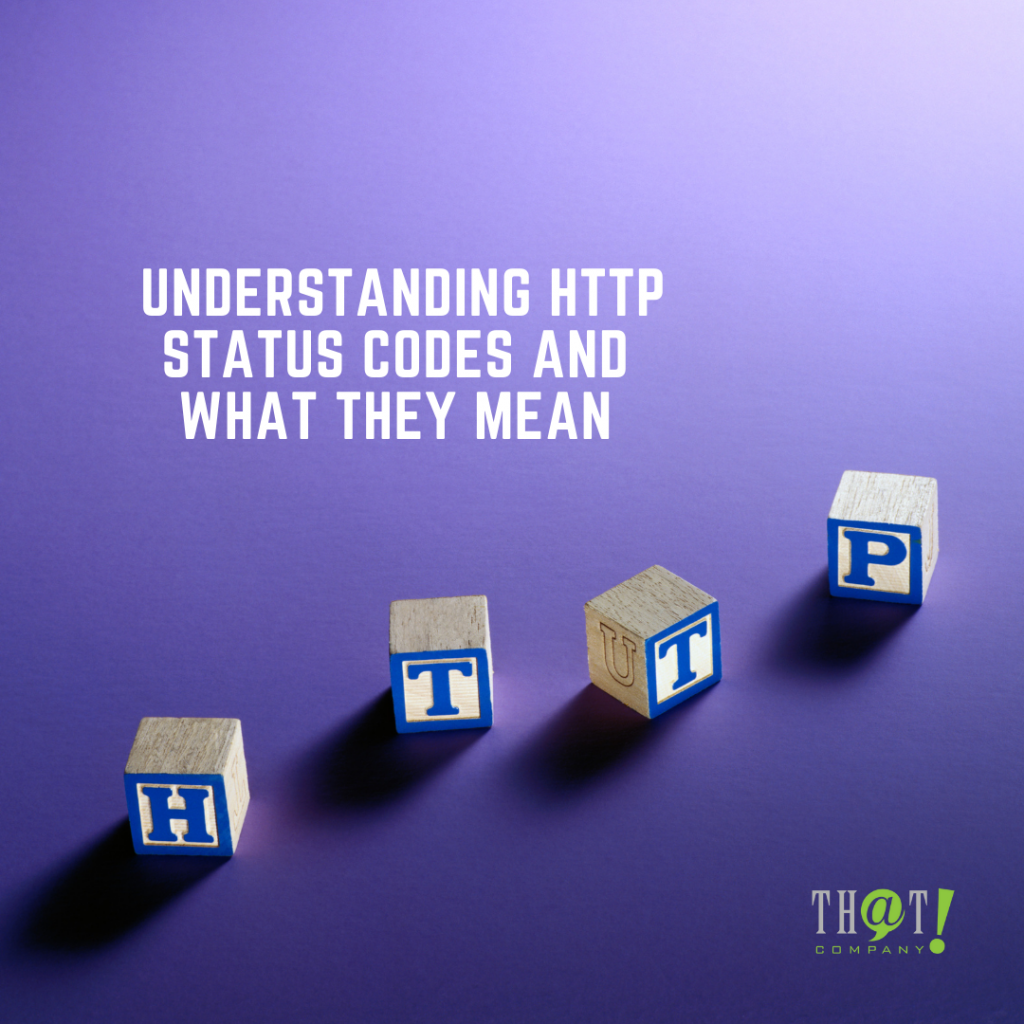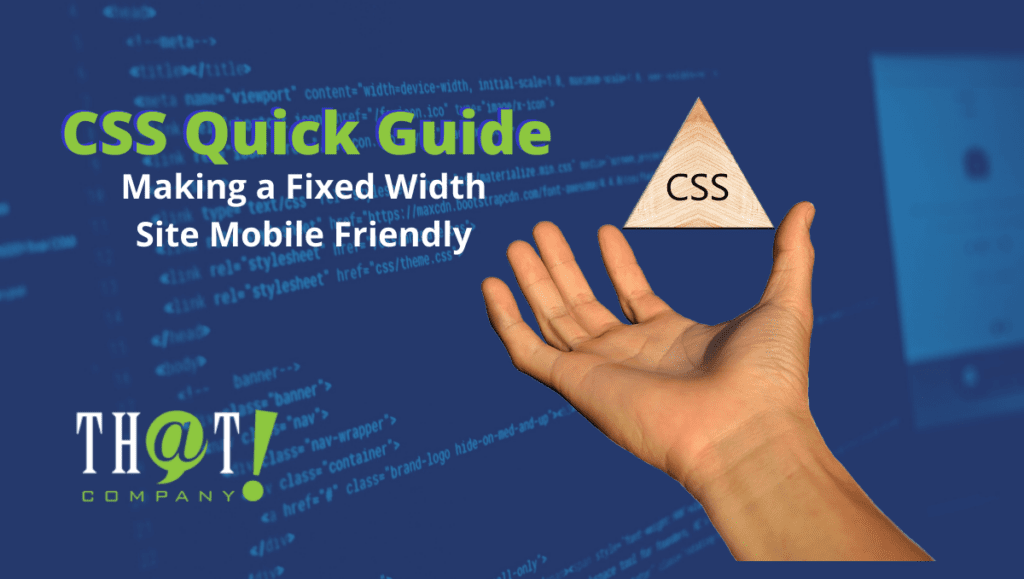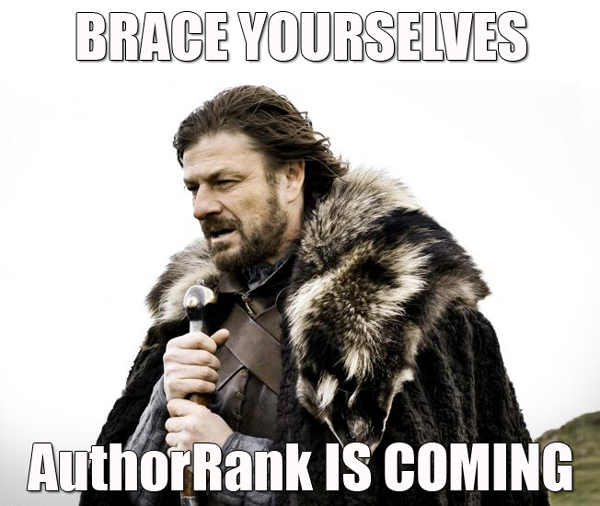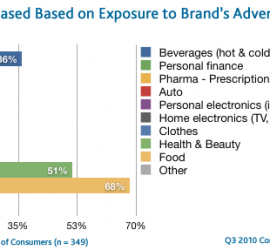
There are a lot of great ideas all over the Internet on how to create great content and honestly it doesn’t have to be so hard. Here are some tips I’ve found. What are your thoughts?
Tip 1: Create Original Content
Original content goes a long way with Google and your visitors. Copying other people’s content will result in a punishment from Google, which can crush your content in the rankings and ultimately your bottom line. It’s OK to display some people’s content, just make sure that you credit them, AND that it’s not more than 30% of your overall percentage by article.
Want proof?
Remember when you used to find Ezine articles in top Google rankings? You don’t see them anymore, and it’s no accident. They were among the hardest hit by Google’s algorithm update, which aimed to prevent bad content from ranking highly.
Tip 2: Always Focus On Creating Strong Headlines
A good headline sparks interest and invites readers in. Consider these great statistics from Copyblogger:
- 80% of people will read your headlines.
- But only 20% of those people will read the rest of your content!
And that is why the headline is as important as the article or post itself.
Strong headlines play right into tip 3…
Tip 3: Treat Your Web Visitors Like Wild Animals
Your website visitors behave like wild animals.
They’re hunting for information or a product to buy—just like a hungry panther hunts for his next meal. When a panther sniffs a scent trail he quickly decides: will the scent trail lead to a good meal? And will it be an easy catch? Headlines draw their eyes in to look at exactly what you want them to look at. Website visitors are not like readers of books. They don’t start at the top of the page and read everything to the bottom of the page.
They SCAN, SCAN, and then CLICK! Give them the “meat” they are looking for! Give them: strong headlines, paragraph headers, and interesting images.
Tip 4: Utilize Images to Compliment Your Copy
Use relevant images to compliment your text and enhance your site’s visual appeal. Use images to help your visitors succeed in their “hunt.”
Tip 5: Put Your Most Important Information First
Don’t write a web page like an old-fashioned essay. Mention your most important information first. Writing for the web is completely different than writing an essay or a paper. An essay might go like this: First, explain what you’re going to discuss. Then, present an overview of the literature. Next, discuss. Finally, draw your conclusion. The most important point you make is in the conclusion – at the end of your essay!
On web pages, you have to do the opposite: your most important points always come first.
Tip 6: Make Your Content Valuable and Relevant
When internet users type a topic into a search box on Google, Yahoo, or any other search engine, they expect the search engine results to provide information relevant to their search. If they click on your site and find irrelevant or outdated information, they will bounce from your site and go to the next result, to find what they need.
Tip 7: Write for Your Audience
You have probably heard of the importance of making your website content “search-engine friendly” by using keywords, links, and other Search Engine Optimization (SEO) techniques. This is important, but so is making your content readable and engaging for the humans visiting your site. After all, your goal is to convert visitors into customers. Use a conversational tone to connect with your audience and avoid fluff and marketing jargon.
Tip 8: Be Able to Provide Answers
What is the ultimate purpose of a search engine? Most people would be correct in saying “to deliver sets of answers.” Google is great at this. Type a query into Google and you’ll be presented with links, pictures, and videos. When people use a search engine, they ultimately want an answer and it’s the search engine’s job to deliver that answer. Make sure your content has relevant answers to whatever you are discussing.
Tip 9: Remember That the More You Write, the More You Want to Write
“The desire to write grows with writing.” – Erasmus
So far we’ve written a lot about how to structure a piece of content and “how” to write it. But what about Personal inspiration? What to do with that inspiration? Writing is a kind of addiction. It might be tough to get going and we procrastinate as much as we can, but once you get used to writing—you want to write more. So start writing. It get’s easier… it really does.
Tip 10: Remember That Writing Inspires You as Much as Anyone
I would say that just about every time I sit down to write a blog post, I end up learning something new. Not just in the research aspect of a post, which of course teaches me new things, but in my own thought processes. Much of what I think and theorize stems not from knowing it before I begin writing, but as I am writing. Writing kicks the brain into high-gear and leads the mind down paths not considered. You can’t travel those paths without starting the writing.
Tip 11: Humor Always Has a Serious Seat at the Table
We bloggers write out of different emotions. We might write from a place of frustration, anger, weariness, enthusiasm, solemnity–the whole gamut. Humor is unique in that people like to be made to laugh (i.e. your content is sticky) and they’ll read something that’s funny more than they will something that is angry, guilt-inducing, or manipulative. Humor can communicate all of those emotions, but does so in a way that people like.
Tip 12: As Soon as You Get an Idea, Begin Jotting it Down
You can wait until it’s time to produce your content to think about what you want to say. But it’s often easier to begin developing your ideas before it’s time to write. To do that, as soon as you get the idea, begin looking for ways to form it into a meaningful piece.
Tip 13: Propel Content with Social Media
Social media is a powerful tool that can help increase the reach of your content and promote sharing. Post each new article on social media sites and in forums, using engaging descriptions and a call-to-action. Since the power of social media lies in sharing, it’s also important to have share buttons on each of your blog posts. If you want more control of how your links appear when they’re shared, implementing Twitter Cards for Twitter or Open Graph for Facebook (technical) can give your shared links a boost, and may help your click-through rates.
Resources I used to help with this article:
https://blog.kissmetrics.com/ingredients-of-great-content/
https://www.quicksprout.com/the-advanced-guide-to-content-marketing-chapter-5/
https://www.enchantingmarketing.com/writing-for-the-web-vs-print/
https://www.openvine.com/small-business-internet-blog/9-tips-for-writing-great-business-website-content
https://www.titan-seo.com/NewsArticles/seocontent.html
Ken Knorr, President of That! Company































